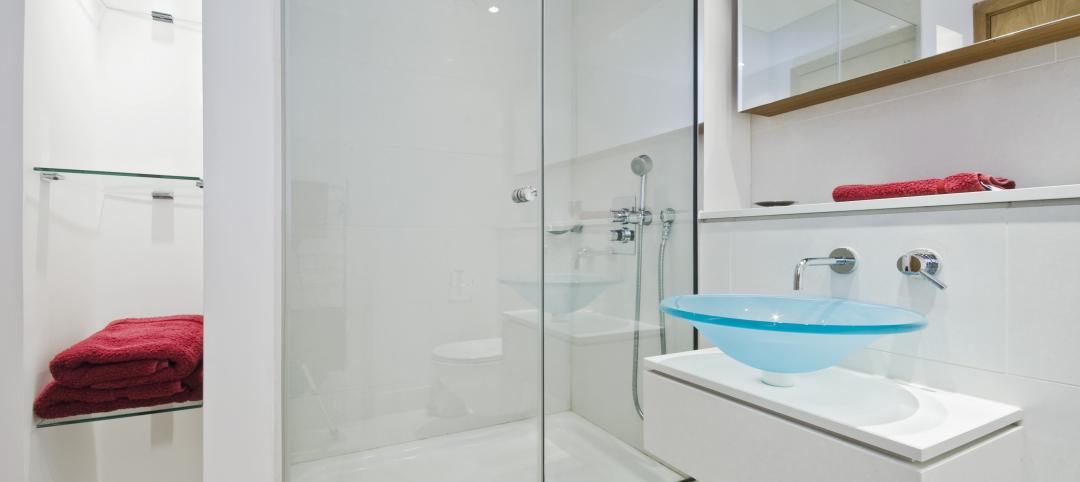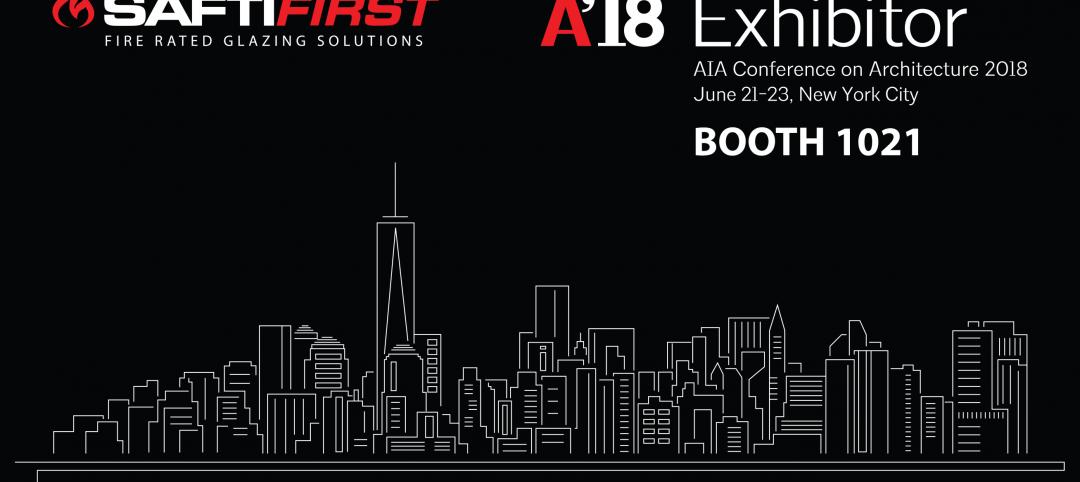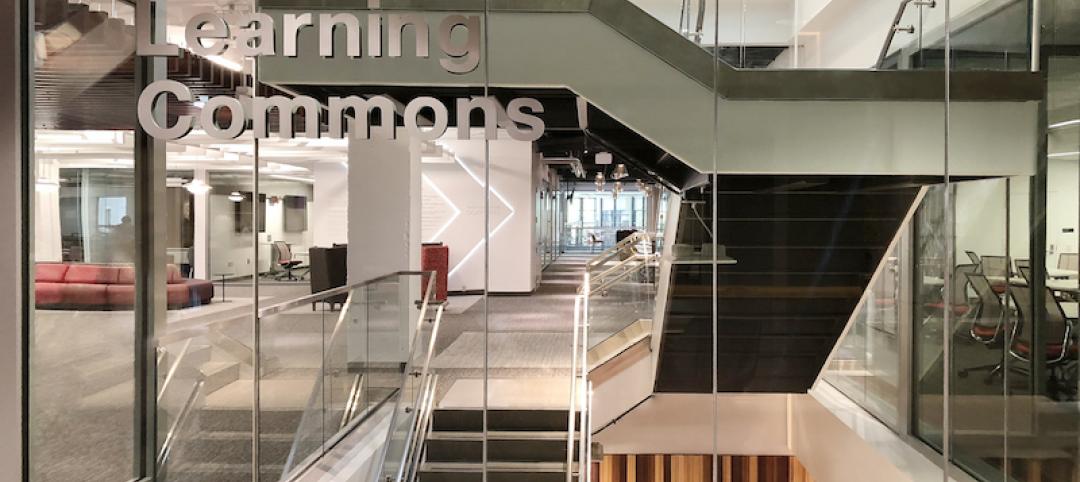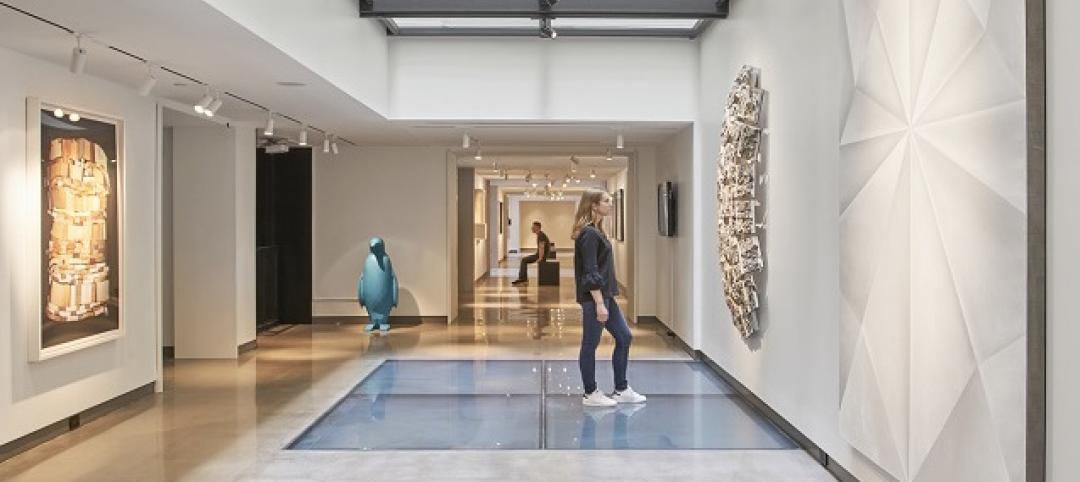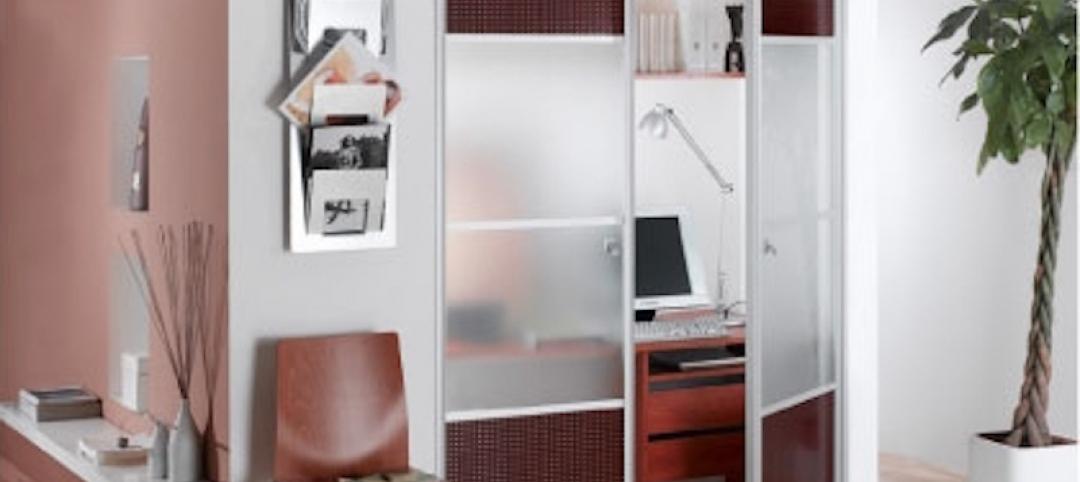Wired glass was the only fire rated glass (FRG) product available for over 100 years. In traditional wired glass, the embedded wires hold annealed glass in place during the fire test to achieve a fire rating. While the wires give the illusion of increased strength and impact resistance, the opposite is true. Wired glass is not safety glazing. The wires actually weaken the glass, making it half as strong as ordinary window glass. Wired glass breaks easily on human impact, exposing razor sharp wires that can trap a victim’s limb in the opening and increase the severity of the injury. Alarmingly, wired glass is the most commonly used FRG product found in educational facilities, leading to over 2,500 wired glass impact injuries in schools every year. In 1977, the Consumer Product Safety Commission (CPSC) enacted a federal safety glazing standard (16 CFR 1201) to protect people from injury due to accidental impact with glazing. The building codes apply the CPSC standard to require that glazing used in hazardous locations, such as doors and sidelites, must meet minimum Category I and II impact standards, depending on the size of the glazing panel. Smaller glazing panels in sizes up to 1296 square inches must meet the Category I impact test of 150 ft. lbs. Larger glazing panels must meet the higher Category II standard impact test of 400 ft. lbs. of impact resistance. At the time the federal standard was enacted, wired glass manufacturers alleged they lacked the technology make a fire rated product that could meet the new CPSC standards. Since wired glass was the only FRG product available in 1977, the IBC granted wired glass a temporary exemption from meeting the CPSC standard. This exemption allowed wired glass used in fire assemblies to meet a lower ANSI Z97.1 impact standard of 100 ft. lbs., which the CPSC acknowledged was inadequate to protect anyone except children under five. For more information, click on the link below.
Related Stories
Sponsored | | Jul 24, 2018
Elevate aesthetics without compromising performance with Vitro Architectural Glass
Sponsored | Glass and Glazing | Jun 28, 2018
Adding value and longevity with anti-corrosion glass
A product like LUXCLEAR® Protect, an anti-corrosion glass from AGC Glass North America, can help glass-enclosed spaces like the shower, bathroom, a hot tub enclosure, or sunroom retain its attractive shine.
Accelerate Live! | Jun 24, 2018
Watch all 19 Accelerate Live! talks on demand
BD+C’s second annual Accelerate Live! AEC innovation conference (May 10, 2018, Chicago) featured talks on AI for construction scheduling, regenerative design, the micro-buildings movement, post-occupancy evaluation, predictive visual data analytics, digital fabrication, and more. Take in all 19 talks on demand.
Sponsored | Glass and Glazing | Jun 7, 2018
Clear, fire resistive butt-glazed walls create transparent, connected and code-compliant stairwell
University of Wisconsin School of Business Grainger Hall’s east and west wings are now linked by a state-of-the-art Learning Commons that encourages collaboration through technology and design.
Sponsored | | May 29, 2018
Accelerate Live! sponsor talk: Debunking daylight myths
In this 10-minute talk at BD+C’s Accelerate Live! conference (May 10, 2018, Chicago), SageGlass CEO Alan McLenaghan, PhD, debunks four common myths related to daylighting in commercial and institutional buildings.
Sponsored | Glass and Glazing | May 29, 2018
A shape-shifting aesthetic and energy efficiency define Manhattan’s iconic VIA 57 West
An audacious residential structure in New York City preserves spectacular outdoor views while minimizing solar heat gain.
Sponsored | | May 24, 2018
Accelerate Live! sponsor talk: The impact of new fire rated glazing technologies to design, performance, and the environment
In this 10-minute sponsor talk at BD+C’s Accelerate Live! conference (May 10, 2018, Chicago), Tim Nass, VP of Sales with SAFTI FIRST Fire Rated Glazing Solutions, details emerging applications for fire rated glazing technology.
| Apr 27, 2018
SAFTI FIRST receives U.S. Patent for fire resistive glass floor system up to 2 hours
USA-made GPX FireFloor System receives U.S. Patent 9,926,709 from the United States Patent and Trademark Office
Sponsored | Glass and Glazing | Apr 4, 2018
The benefits of well-designed spaces in today's public workplace
Combining today’s collaborative spaces with workers’ needs.



